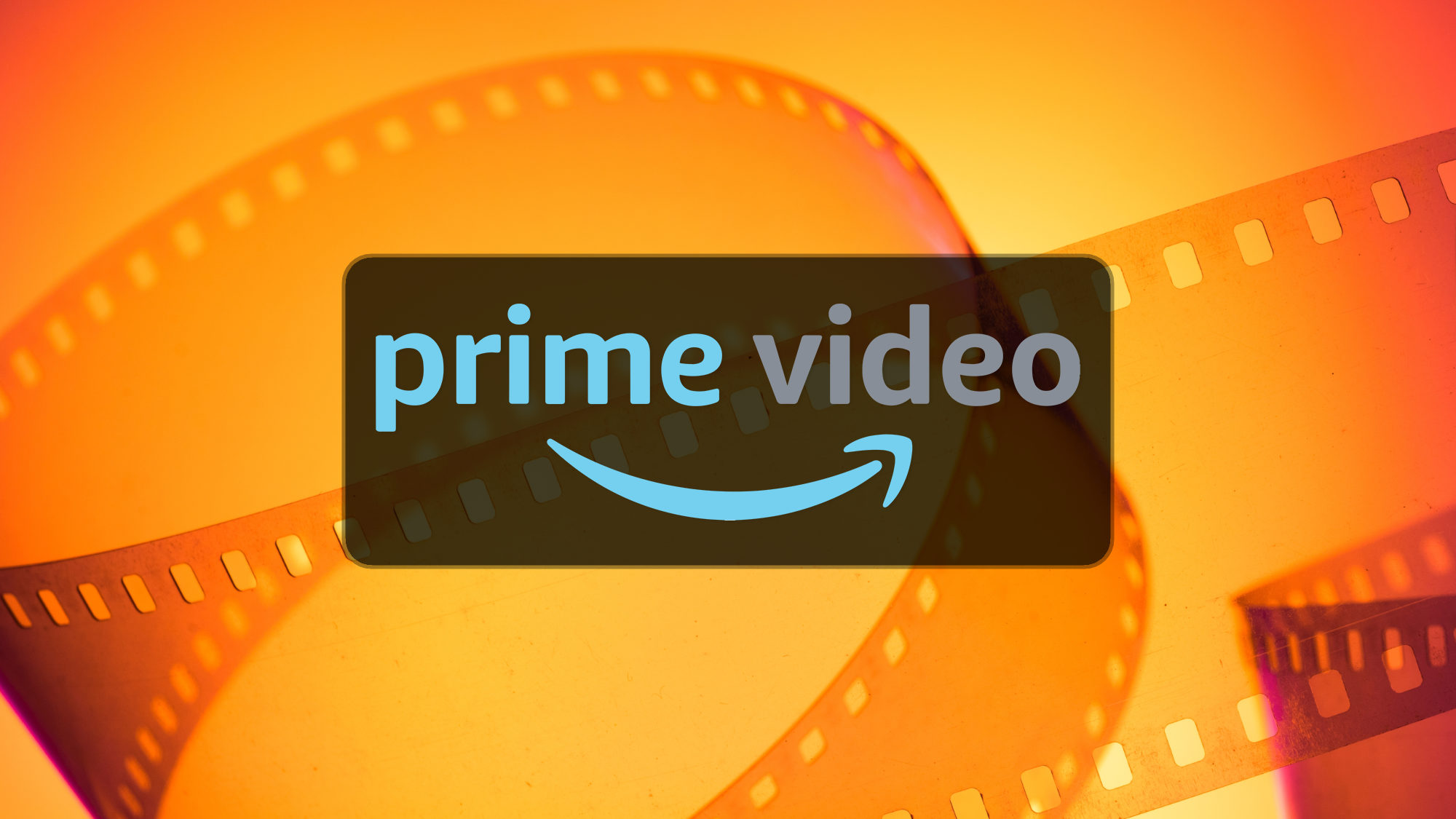Is the FilmOn Internet TV Service Worth the Money?
FilmOn is a simple, free way to get network TV delivered to your computer, but if you want to make the most of it, you're going to have to dish out some cash.

FilmOn is a simple, free way to get network TV delivered to your computer, but if you want to make the most of it, you're going to have to dish out some cash.
Back in the day, you could only watch network TV with an antenna or a cable box. But now, consumers enjoy lots of options.
If you want to check out broadcast TV shows on your computer, mobile device or game console, you can visit a network's website, or try a service like Aereo or FilmOn. At present, Aereo is the most prominent network TV service, but FilmOn offers an attractive alternative.
The history of the two services is inextricably intertwined. FilmOn was initially known as "Aereokiller."
Alki David, FilmOn's owner, once accused Aereo CEO Chet Kanojia of launching a DDoS attack against FilmOn. David's tweets are unprintable here; suffice it to say that they were threatening, violent and full of profanity.
MORE: What Is Google Chromecast?
Accusations aside, FilmOn offers a few things that Aereo does not. Both services let you stream network TV to your Internet browser via a remote antenna, but FilmOn does it for free.
Get instant access to breaking news, the hottest reviews, great deals and helpful tips.
Without paying a dime, you can access local television stations, as well a handful of stations from Europe, Africa and Asia. It sounds attractive, but as with most things in life, you get what you pay for.
If you're absolutely dying to watch local TV on your computer, FilmOn will serve, but it comes with a fair amount of restrictions. At present, you can access FilmOn's network TV in only 14 major U.S. cities, although its view-on-demand content works fine anywhere.
Furthermore, unless you pay a subscription fee, you'll be unable to watch content in HD. This might not sound like a big deal: remember that you struggled along just fine without HDTV until 2005 or so?
However, your computer or tablet's flatscreen display has much higher resolution than your old cathode-ray tube TV. Standard-definition programs tend to look grainy and pixelated on HD displays.
The FilmOn interface, both on the Web and on iOS/Android, is quite cluttered. There are dozens of options onscreen at any given time, and clicking on one — such as "Local TV" — just makes the screen even more crowded.
Live content is simple enough to watch, but view-on-demand content opens up new windows without closing the initial one. You can find what you're looking for without too much trouble, but it's hardly user-friendly.
Tom's Guide went hands-on with FilmOn, both the free and paid versions, and the difference between the two options was palpable.
For an episode of "Agents of S.H.I.E.L.D." on ABC, the free, standard-definition version was a subpar viewing experience on almost every level. While we were able to watch the show from start to finish without interruption (save for an extra 30-second ad at the beginning), there were problems with both its audio and visual aspects.
The show's audio suffered the most. Despite the fact that "Agents of S.H.I.E.L.D." is full of shouting characters, explosive gunfights and cacophonous car chases, it was extremely hard to hear the show without turning a computer's volume way up.
On standard laptop speakers, the regular dialogue was almost inaudible; when hooked up to external speakers, the sound was garbled at levels necessary to hear what characters were saying.
While the audiovisual syncing was up to snuff, it came at a cost. "Agents of S.H.I.E.L.D." is a high-octane action show, and FilmOn's free service was unable to keep up with its fast-paced action beats.
Fistfights or gunfights experienced considerable lag, and during a car chase, the program resembled a slideshow. Even during slow-paced scenes, the SD quality looked grainy and blotchy.
However, if you decide to pay for a FilmOn subscription (between $8 and $20 per month, depending on what kind of channels you want to watch and how much DVR space you need), all of the audiovisual problems go away.
HD versions of the same shows that look terrible on free FilmOn instead look exquisite. While the volume is still not perfect in the paid service, it's perfectly intelligible, even at lower levels.
MORE: What Does Apple Have Planned for TV?
Subscription has other benefits, too. In the free service, you can only watch local TV for your closest city. A subscription package allows you to access local TV from all around the country. You can also record programs as you're watching them, or set them to record while you're away.
FilmOn still has some drawbacks, however. There are FilmOn apps for iOS and Android, but users who stream content through game consoles are out of luck (however, if you have a TV and want network shows, you could always invest in an HD antenna).
FilmOn lacks the clean interface of Aereo, and does not have a Roku app like Aereo does.
While FilmOn is currently available in more cities than Aereo, Aereo has plans to expand to exceed FilmOn's coverage in the near future. If your area doesn't have either one yet, keep an eye on each company's blog for further details.
For all of its drawbacks, FilmOn still offers free network TV — something that its main competitor does not. FilmOn's free programming is fairly watchable (save for big action scenes), and if you spring for a subscription, you'll definitely get your money's worth.
Whether Aereo or FilmOn suits your needs better, however, is something you'll have to do some research to discover.
Follow Marshall Honorof @marshallhonorof. Follow us @tomsguide, on Facebook and on Google+.

Marshall Honorof was a senior editor for Tom's Guide, overseeing the site's coverage of gaming hardware and software. He comes from a science writing background, having studied paleomammalogy, biological anthropology, and the history of science and technology. After hours, you can find him practicing taekwondo or doing deep dives on classic sci-fi.
-
Rita74864260 my co-worker's half-sister makes $60 hourly on the computer. She has been fired from work for 6 months but last month her check was $19996 just working on the computer for a few hours. read .....Reply
WWW.Day35.ℂℴM -
Darkerson Rita74864260, we dont care that your half sister is a cam whore, nor do we want to see her nasty ass on the screen.Reply -
adconline i reside and use the free filmon service in the united kingdom.. i have to say that it is simply ace on my samsung galaxy ace 2 smartphone and my ipad 2 over my home wifi. i like it so much i became an affiliate and have thus been able to launch an authorised whitelabel service with android app. in support of my non-profit, global, economic and social inclusion social enterprise. Alki and his team are hugely supportive of both viewers and affiliates.. i cannot praise them, or the service, highly enough and do all my limited resources allow me to do in support of the filmon service and excellent team behind it. exciting plans are afoot on all fronts. and when i am able, i will also upgrade to a paid subscription.Reply
